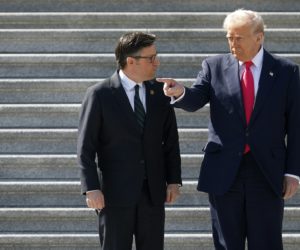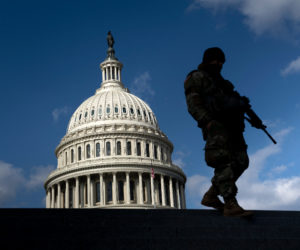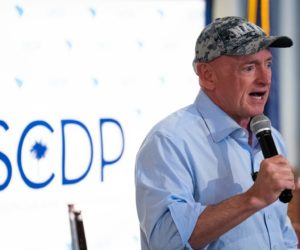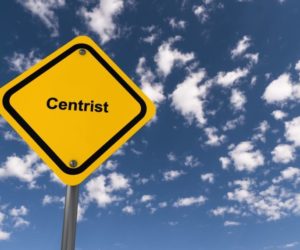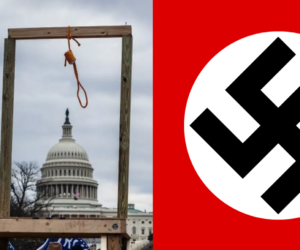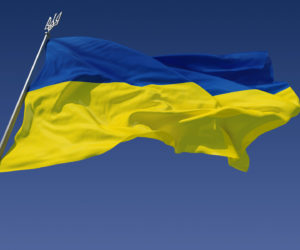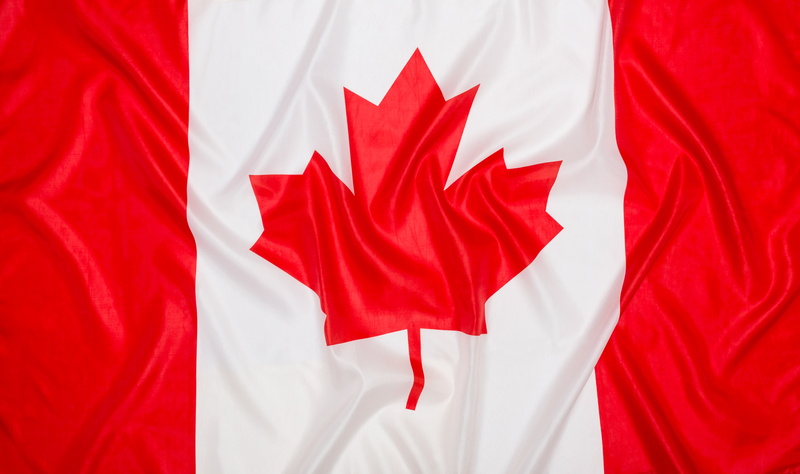
Canadians go to the polls today to choose a prime minister, which could mean sticking with the one they have or taking a chance on a new guy. Whatever happens, this will be one of the strangest elections in the country’s history due to the polling swing that has taken place over the past several months. You might wonder if such instability in a Canadian election is for the same reason we are experiencing so much instability in the world as it is now. You would be right – President Donald J. Trump.
In the early months of the new year, Pierre Poilievre, Leader of the Conservative Party of Canada, had a 25-point lead in the polls and was seemingly cruising to victory whenever an election was called. At that point, Trump had not yet started yapping about making Canada the 51st state, nor had he begun to threaten economies around the world with his erratic plans for tariffs. Also important for Poilievre’s future, the prime minister of Canada in those early months, and Poilievre’s strongest opponent, was still Liberal Justin Trudeau, who after nine years in power, had become extremely unpopular.
Then Trump started being Trump, Trudeau stepped down, and Mark Carney was chosen as the new Liberal Party leader, making him the new prime minister. In his new role, Carney opted to call a snap election for April 28th. Before long, Poilievre saw his 25-point polling lead dissolve, and Carney found himself with a 5 point lead. What happened?
It turns out Canadians didn’t so much love Poilievre as they wanted Trudeau gone, and though Trudeau and Carney represent the same party, the Liberals, a growing number of Canadians have been willing to buck the world-wide demand for change from election to election to get behind Carney, who was a governor of the Bank of Canada and later of the Bank of England. Put another way, even though Carney and Trudeau represent the same political party, they have been deemed sufficiently different from each other to represent change especially as Carney has been able to emphasize his deep experience in the financial world, which many see as a useful skill set to take on Trump and the challenges his agenda poses.
Poor Mr. Poilievre, a populist conservative who was quite successful trash-talking Canada when he wanted to sell himself as the man who would fix the mess Trudeau created, became odd man out when Canadians became immensely patriotic about their home and native land in the face of 51st state and tariff talk. In his defence, Poilievre has pushed back against Trump’s machinations to a degree but never too forcefully as much of his base is pro-Trump. Add to this that Poilievre has something of a nasty, name-calling frat-boy personality somewhat reminiscent of Trump and you can just see those polling numbers flip.
Although Carney’s five-point lead might not seem safe enough to declare him the likely winner, there are vagaries to Canadian politics in the area of voter efficiency that make that lead safer than it might appear. Without getting into it, let’s just say that if Poilievre, against all evidence, manages to win, there will be pollsters all over Canada questioning their ability to get anything right.
For Americans who might be reading this, who might not be up on their knowledge of the Westminster system also called parliamentary democracy, there is also the little matter of majority vs. minority government. Under parliamentary democracy, a party leader runs for his or her own seat in the legislature like everyone else. The leader of the party that wins the most seats becomes prime minister. If, however, the winning party wins something less than a majority of seats, that party is said to head a minority government. This means they need help from other party’s to pass legislation because they don’t have the votes in parliament necessary on their own. Having to work with other parties tends, naturally, to temper the ability of the governing party to implement its agenda. It can also force the governing party to support policies near and dear to smaller parties in order to ensure reciprocal support for the government’s agenda. This happened in the previous parliament when the left-wing New Democratic Party successfully lobbied for dental care and pharmacare legislation.
There are 343 seats in Parliament, so majority government requires 172 seats, which polling suggests Liberals will at a minimum get, but there is a degree of uncertainty here and it bears watching. Complicating things further is that in Canada there are 3rd, 4th, and 5th parties that typically win seats. In certain regions of the country votes frequently split among these parties occasionally making for surprising outcomes.
With apologies for that bit of school work, polls have actually been tightening up a bit in the final days of the campaign. This may be because Trump has eased off on his 51st state musings and tariff threats, which has opened up space for Poilievre to talk about the kinds of issues with which he had successfully attacked Trudeau, notably things like cost of living, affordability and housing.
Having said that, it does appear Mark Carney will continue to lead Canada, and with a majority government, when the dust settles. And while it is true there are two ballot questions in play, who is best to stand up to Trump, and who can best manage the nation’s economy, it would seem they have merged into one with the first seen as the most important. Carney appears to be the man of the hour.
ID 43517776 | Canada Maple Leaf ©
Brett Critchley | Dreamstime.com
Retired political staffer/civil servant. Dual U.S./Canadian citizen writing about politics and the arts on both sides of the border.

